SMAC - TRENDS DETERMINING THE FUTURE OF ICT

This term is an acronym coined from the initials of the English words for the four forces that will determine ICT in the next decade: social, mobile, analytics and cloud. It means a new combination of products and services to which an increasing number of companies adapt in order to be able to provide an efficient and forceful user experience.
To demonstrate this with an example, let us examine Netflix entertainment industries. Netflix implements its recommendation system with the help of sophisticated analysing algorithms used to forward custom-tailored offers to the user. Users can watch films streamed from the cloud to various devices (TV, tablet, telephone), and share their experiences on social spaces. They can do all this in the framework of an integrated service.
These components could also be accessible separately, the essence of SMAC stack is that the four areas collaborate: the new functions build on each pillar in a premeditated way. For example, the new opportunities ensured by a mobile devices allow more detailed data collection, which in turn is made possible by the availability of cloud capacities, and the latter form the basis of analyses performed to provide deeper customer experience and can be promptly integrated into social channels. Thus in the course of developing application/service and the integration of new functions, the four areas are interdependent, support one another, improvement in one creates opportunities in the other, and thus they cannot be managed completely separately.
On the SMAC constituents
In the next generation of IT architecture, mainframes were pushed to the background. They did not vanish, but their task changed: they functioned as servers, which means that for the most part, their users were no longer people but desktop computers in personal use, called clients. In this client/server architecture machines were connected to make a network, thus enabling the programs run on them and the people using them to communicate. This altered the handling techniques and workflows: this way the computer reached far larger number of people, user numbers grew to several hundred thousands.
The currently experienced ICT phenomena: based on the inexorably spreading mobile telephony and the cases, method and nature of its use one can say that we have reached the third platform (IDC), used by millions and including millions of applications. This diversity, simple use, cheap and easy access (historical costs, learning costs), and the unprecedented integration of several million applications (global network) enable several billions of users to obtain and share relevant information nearly instantly (share, get insight, discover, be informed). And this transforms our life, including the way we work and the methods we use, resulting in a far more efficient and transparent “system”. The third platform is built on four pillars, which have a significant impact on one another when they develop.
Back
Sympo2014logo
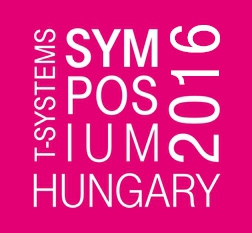
Event Partners
Diamond level partner

Emphasized technological partner
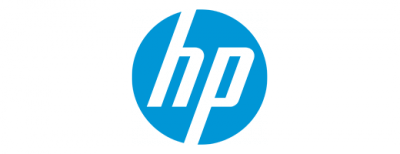
Gold level partners
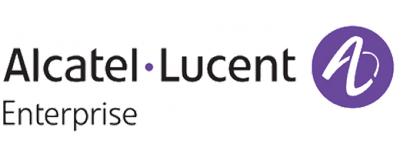


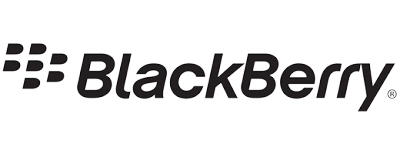

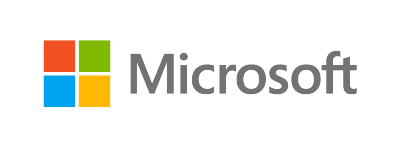


Emphasized international partner
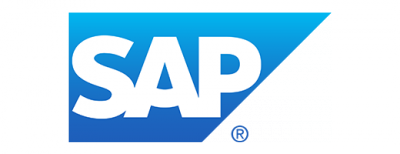
Silver level partners
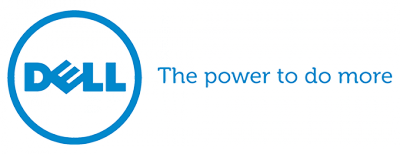
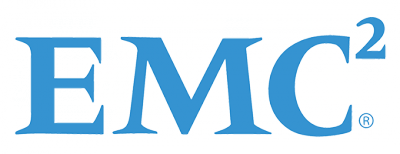

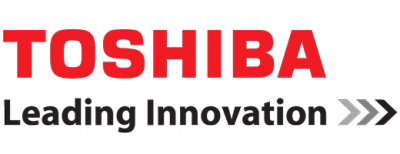
Professional partner
Professional partner

Collaborator partners
Collaborator partners
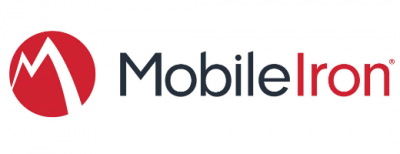
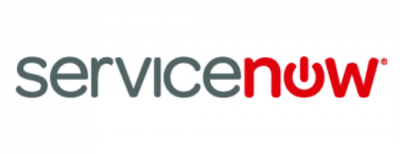
Strategic media partners
Media partners








